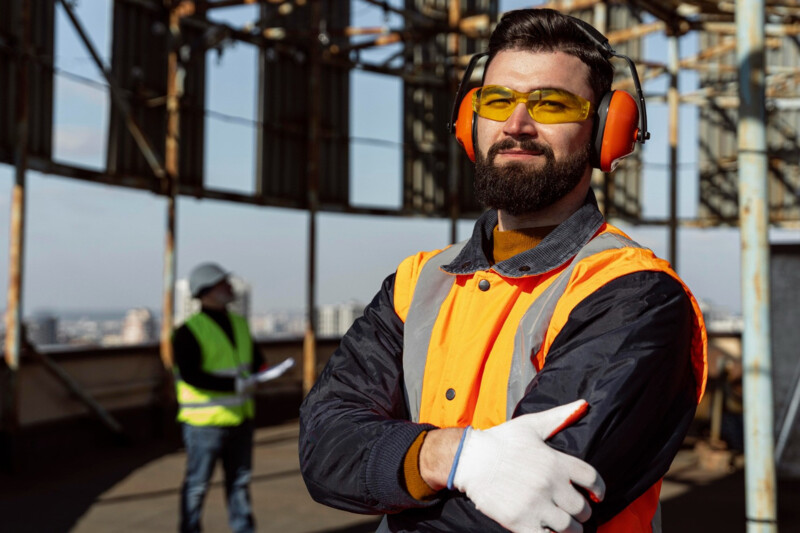Dans un arrêt du 23 avril, la Cour de cassation affirme qu’une entreprise ne peut pas être responsable des dommages imputables à un loueur de matériel en l’absence d’une relation de sous-traitance entre eux. En l'espèce, une grue de chantier a endommagé le mur d'un bâtiment situé à l'entrée d'un chantier. Qui est responsable des dommages causés ? Réponses de la plus haute juridiction judiciaire.
Les faits
Dans cette affaire, chargée de la construction d’un immeuble d’habitation, la société Ajne avait confié la réalisation du gros œuvre à l’entreprise Ademaj qui, pour la réalisation des travaux, avait loué une grue auprès d’une société spécialisée. Au cours d’une manœuvre d’évacuation, la grue a percuté le mur d’un bâtiment se trouvant à l’entrée du chantier.
Constatant que l’indemnité versée par l’assureur ne permettrait pas de couvrir le montant des travaux de reconstruction, la société en charge de la construction a assigné Ademaj en indemnisation de son préjudice.
Dans un premier temps, les juges du fond ont rejeté cette demande retenant que si le dommage a été causé par la société ayant fourni la grue, celle-ci était intervenue au titre d’un contrat de location, en l’absence de toute relation de sous-traitance. Dans ce cadre, le maître d’ouvrage ne peut engager la responsabilité du cocontractant.
Absence de relation de sous-traitance
Insatisfait de la première décision rendue, la société Ajne a formé un pourvoi en cassation. Le maître d’ouvrage fait valoir le principe selon lequel l’entrepreneur répond des dommages causés par les prestataires qu’il sollicite pour intervenir sur les lieux pour les besoins de l’exécution de son marché, quelle que soit la qualification juridique de ces interventions. Il rappelle également que le constructeur est tenu envers le maître d’ouvrage d’une obligation de résultat lui imposant de délivrer un ouvrage conforme.
Malgré ces éléments, la Cour de cassation, dans une décision rendue le 13 avril 2023, a rejeté le pourvoi formé par la société Ajne approuvant le raisonnement des juges d’appel. La haute juridiction relève que le contrat de location portait sur la mise à disposition d’une grue, comprenant les prestations de transport, montage et démontage. Le bâtiment ayant été endommagé au cours de l’évacuation de la grue, il ressort que la société Ademaj n’a pas commis de faute dans l’exécution des travaux qui lui avaient été confiés. De plus, en l’absence d’une relation de sous-traitance avec la société de location de matériel, elle n’a pas à répondre des dommages constatés. Sa responsabilité contractuelle ne peut donc être retenue, souligne la Cour.
En présence d’un contrat de sous-traitance, l’entrepreneur principal contacté par le client pour effectuer des travaux est contractuellement responsable envers celui-ci des fautes commises par ses sous-traitants durant la phase d’exécution des travaux qui leur ont été confiés. Dans ce cas de figure, il est recommandé de conditionner la conclusion du contrat de sous-traitance à la souscription d’une assurance décennale par chacun des sous-traitants.
